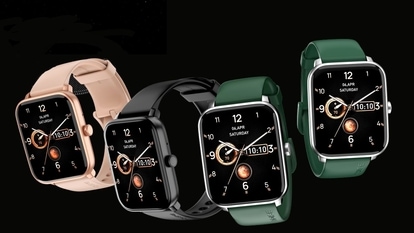NASA Astronomy Picture of the Day 9 April 2023: 3000 light years away, a mysterious Nebula
NASA Astronomy Picture of the Day for 9th April has featured the image of a mysterious Egg Nebula.
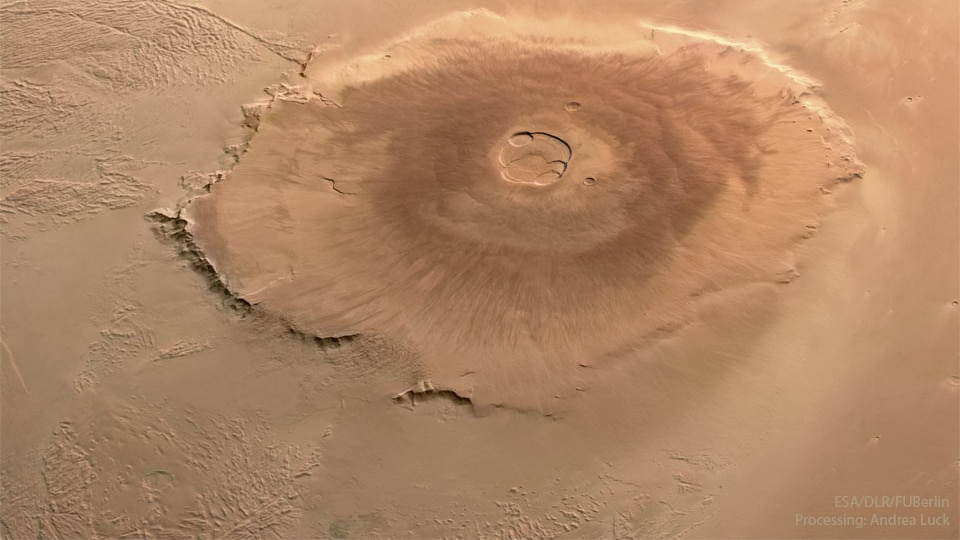
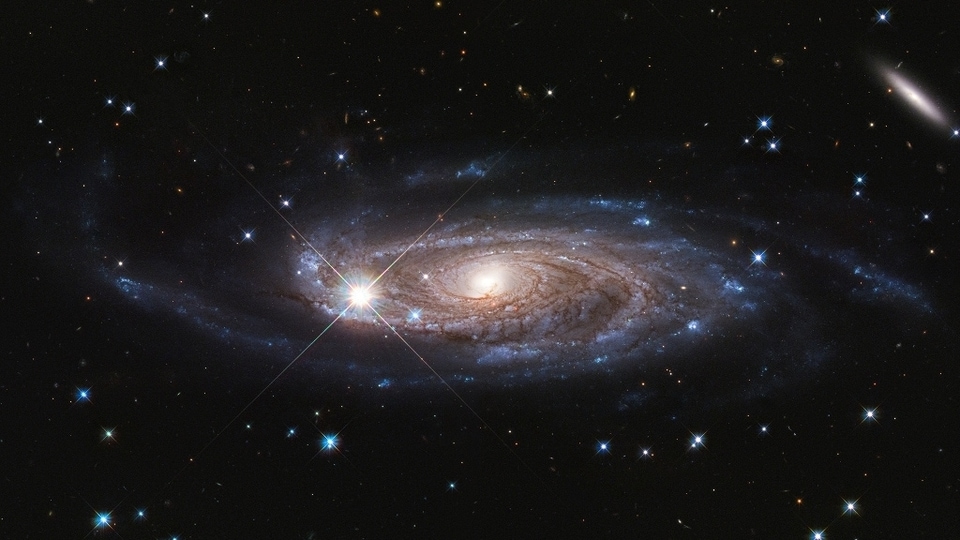
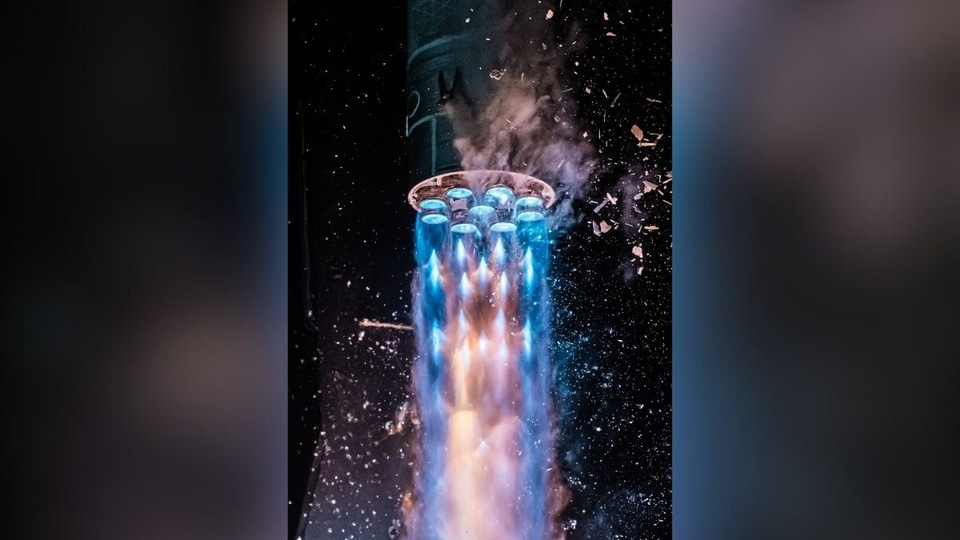
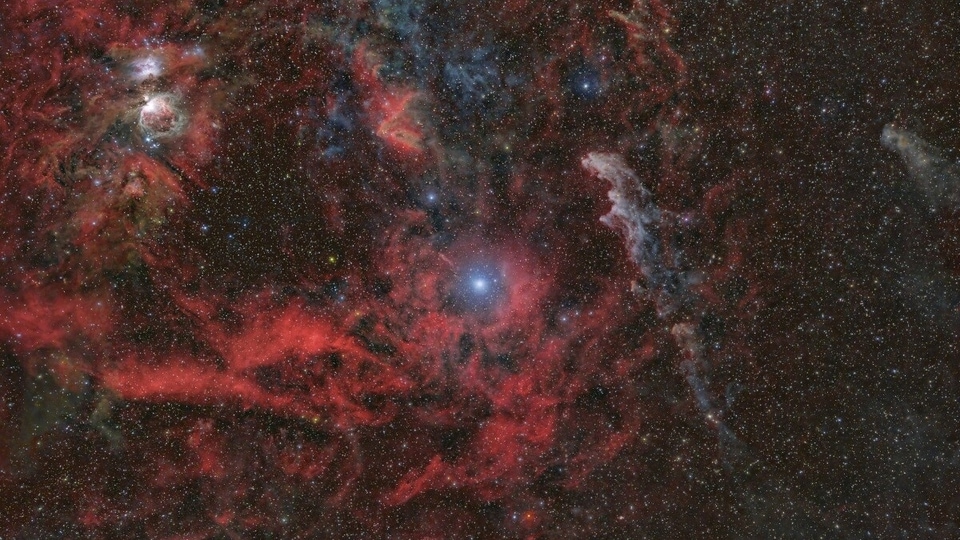
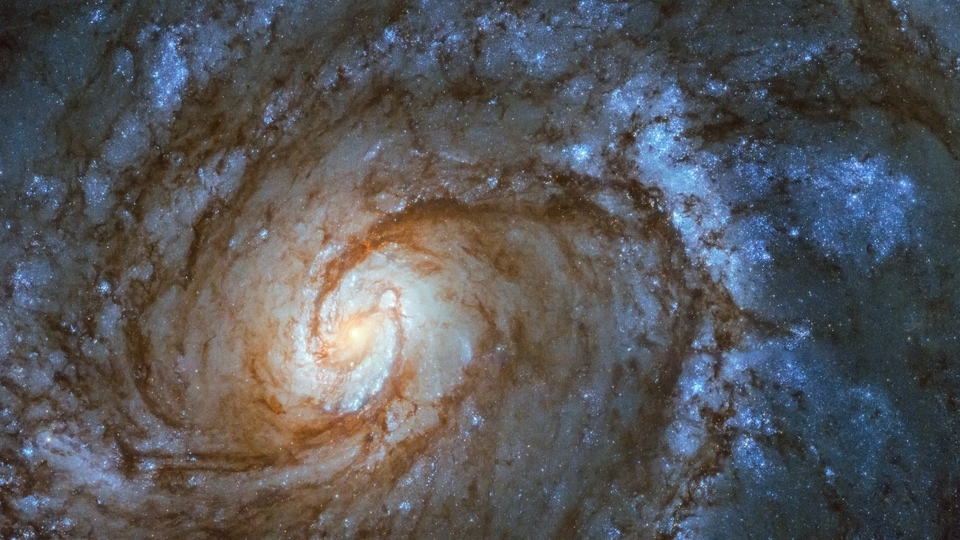
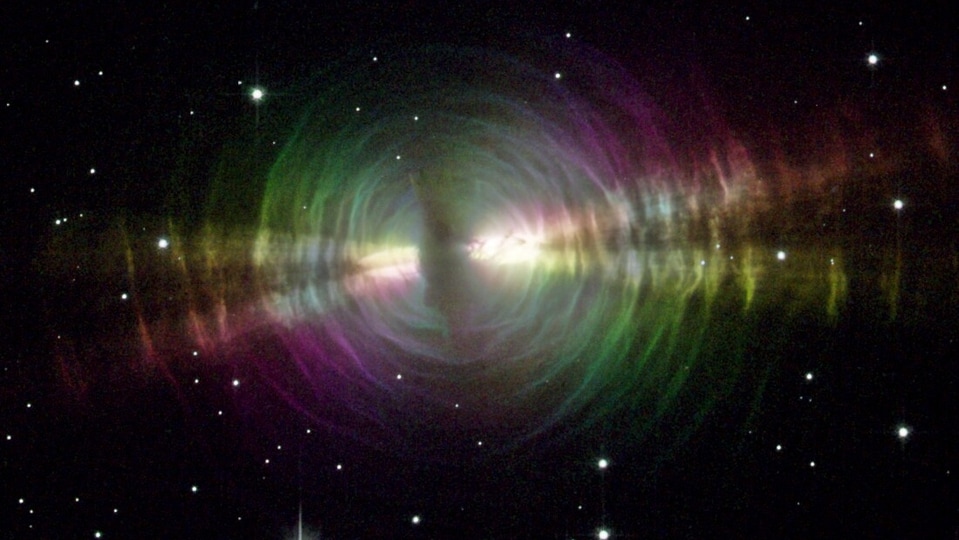
 View all Images
View all ImagesA nebula is a massive cloud composed mainly of hydrogen and helium gas along with dust. Nebulae can originate from the debris ejected by a dying star, like a supernova, or from areas where new stars are taking shape, earning the name "star nurseries." While the dust and gases in a nebula are widely dispersed, gravity can still cause them to come together to form larger clumps. As these clumps increase in size, their gravitational force also becomes more potent.
There are several types of nebulae. However, on a wider range, there are five types of nebulae -- Emission Nebula, Reflection Nebula, Dark Nebula, Planetary Nebula, and Supernova Remnant. One of these pre-Planetary Nebula, featured as the NASA Astronomy Picture of the Day, is the mysterious Egg Nebula. Yes, you read that right!
NASA said while sharing the photo, "Where is the centre of the Egg Nebula? Emerging from a cosmic egg, the star in the center of the Egg Nebula is casting away shells of gas and dust as it slowly transforms into a white dwarf star."
Situated in the northern constellation of Cygnus and positioned approximately 3000 light-years away from Earth, the Egg Nebula is a rapidly developing pre-planetary nebula spanning over one light year, NASA explained. In the image, the nebula's central star is obstructed from view by a dense layer of dust, while the outer dust shells reflect the star's light. This process results in a polarization effect, where it seems like the light is vibrating in the plane, central star, and the dust grains are preferentially reflected. By analyzing the orientation of the polarised light from the Egg Nebula, astronomers can gather information about the location of the hidden source at its center.
Tech behind images of Nebulas
To capture images of distant nebulae, astronomers rely on highly advanced telescopes. NASA's Hubble Space Telescope and Spitzer Space Telescope are examples of space telescopes that have successfully captured numerous pictures of faraway nebulae. In 2002, the Advanced Camera for Surveys on board the Hubble Space Telescope captured an image of the Egg Nebula, which was then rendered in artificial "Easter-Egg" colours to emphasize the polarization orientation.
Catch all the Latest Tech News, Mobile News, Laptop News, Gaming news, Wearables News , How To News, also keep up with us on Whatsapp channel,Twitter, Facebook, Google News, and Instagram. For our latest videos, subscribe to our YouTube channel.





























